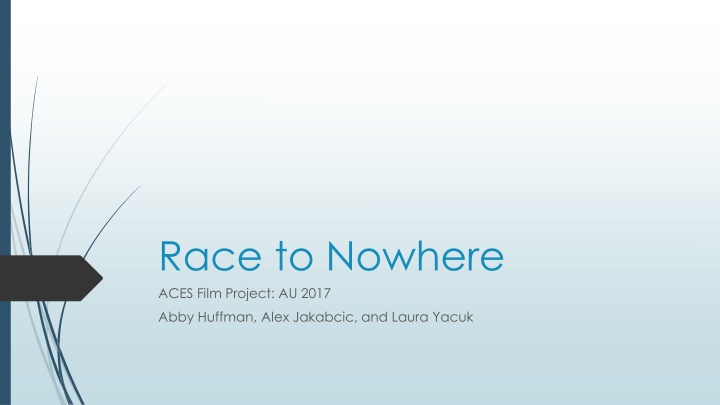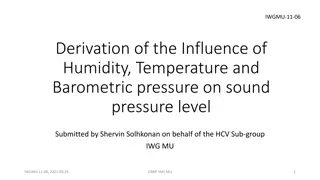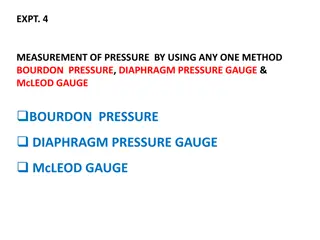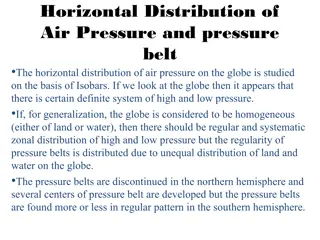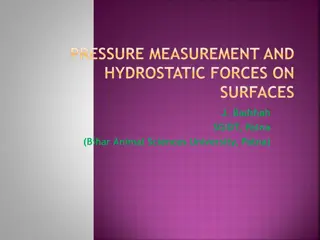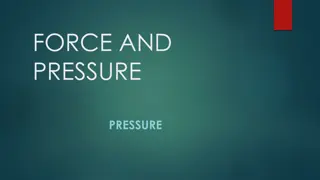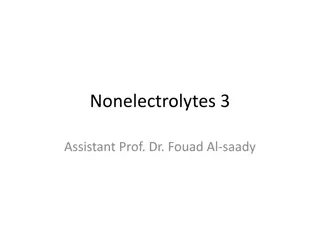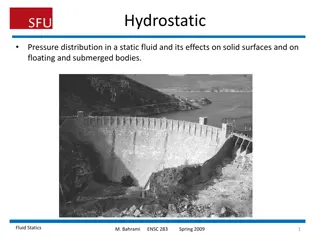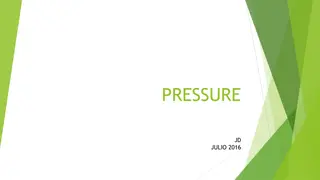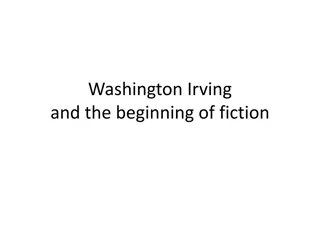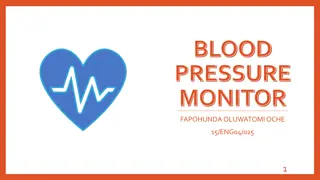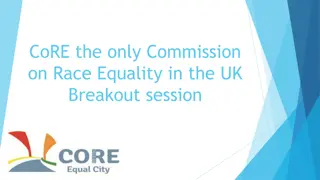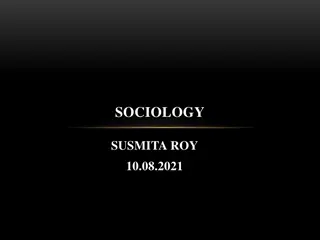Race to Nowhere - Pressure on Students in American Schools
Race to Nowhere is a documentary focusing on the intense academic pressures faced by students in American schools. It explores the detrimental effects of over-scheduling, testing, and the constant need for success on students' mental health and well-being. The film advocates for a shift towards emphasizing critical thinking, creativity, and child-centered learning approaches in education.
Download Presentation

Please find below an Image/Link to download the presentation.
The content on the website is provided AS IS for your information and personal use only. It may not be sold, licensed, or shared on other websites without obtaining consent from the author.If you encounter any issues during the download, it is possible that the publisher has removed the file from their server.
You are allowed to download the files provided on this website for personal or commercial use, subject to the condition that they are used lawfully. All files are the property of their respective owners.
The content on the website is provided AS IS for your information and personal use only. It may not be sold, licensed, or shared on other websites without obtaining consent from the author.
E N D
Presentation Transcript
Race to Nowhere ACES Film Project: AU 2017 Abby Huffman, Alex Jakabcic, and Laura Yacuk
Summary Plot: Race to Nowhere focuses on the pressure put on students in American schools and homes across the country including: testing, over-scheduling, and constantly needing to be successful. Cheating, stress-related illnesses, depression, and suicide are some of the serious effects Race to Nowhere shows as common among over- worked students. Setting: The United States 2010 Main Characters: Real students, parents, teachers, and academic experts star in Race to Nowhere. Students range from elementary school to college, and each of their stories reveal how impacted their lives have been by societal pressures.
Positive Social Change Parents should focus on social influences in their child s schooling, not just academics! Stop asking about tests and grades, start asking about lunch, recess, friends, etc. Critical thinking should be emphasized rather than formulaic teaching. Student creativity should be embraced rather than deflected. Teaching should be a more respected profession. Singapore (top 20% of students get a full-ride and stipend to become teachers!) Let kids be kids while they still can! Wyoming Principal banned homework Grades and test scores went up
Advocacy Concerned parents Noticed stress patterns Kids getting less sleep than needed Natalie, a student shown in this film, developed an eating disorder and insomnia from stress throughout high school. Homework-time and extra-curricular activities took over family time. As much as 6 hours of homework per night. Kids being over-scheduled No time left to play or enjoy family activities and/or dinners. Teachers Notice students burning out . Dislike teaching to the test . Job is on the line. Clinical psychologists For example, Wendy Mogel, states that children are being neglected due to sleep deprivation from pressure-related time commitments. Taking 6 AP Classes and less than 6 hours of sleep. Not healthy.
Community Suicide Increase in teen suicide The pressure-related suicide of Devon, a 13 year old girl, impacts her hometown. Raised awareness Negative Community Standards Adults and children alike feel the need to be okay even when they are not doing well. Communities should come together in times of distress and in times of happiness, not just one or the other. Community members should stop comparing children s lives (test scores, colleges, activities, etc.)
Service More should be done in the communities More suicide prevention Teachers should be more involved Goals of teachers should be for students to LEARN Teachers should check in with students
What parts of the film do you see as outdated, or what social changes have been made since the film was released? Nothing is really outdated Not much has changed More advocacy but not enough change Many psychologists, neuroscientists, and countless other professionals have done research Advocate for later start times and less homework Policies are still outdated
What parts of the film did you connect to the most? Abby All throughout high school, I became so involved that I could not make time for sleep. As shown in the film, sleep loss is a huge stressor for students of all ages. Alex This film was very true to my life in the sense that if I didn t understand something or fell behind even a little bit, I felt stupid and wanted to give up. In the film, this was a common problem with students. Laura In high school, I felt a great pressure to be a well-rounded applicant for college. This led to a hectic schedule and not much time for sleep which, as we see in the film, is very unhealthy.
Critiques The film could have focused more on high school students and the college application process. Although, it was touched upon, I feel it could have been more expanded on. The movie also tries to show how not everyone needs a college education by showing photos of very successful people who did not attend college such as Bill Gates and Steve Jobs. However, these people are outliers and not everyone can be successful without furthering one s education.
Who would benefit from watching this film? I believe parents, students, and teachers would all benefit from this film. Parents would be able to understand what their children are going through better Students would see that other kids are going through the same things they are Teachers would see the repercussions of the massive amount of homework they give.
What course of action does this film call for or encourage? It calls for change in the school systems. We need to stop the cycle of memorization of information just to pass an exam then losing all of it. It also encourages us to put less stress on children and let them enjoy their childhood.
